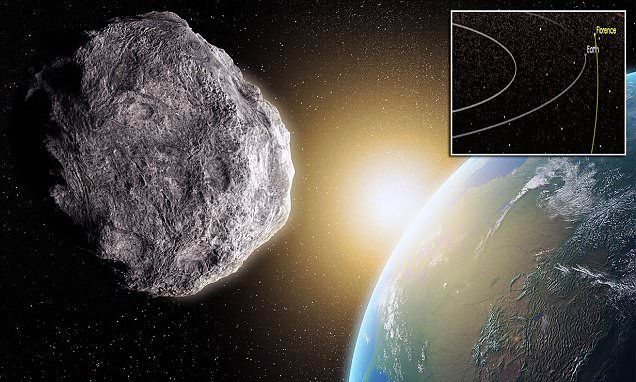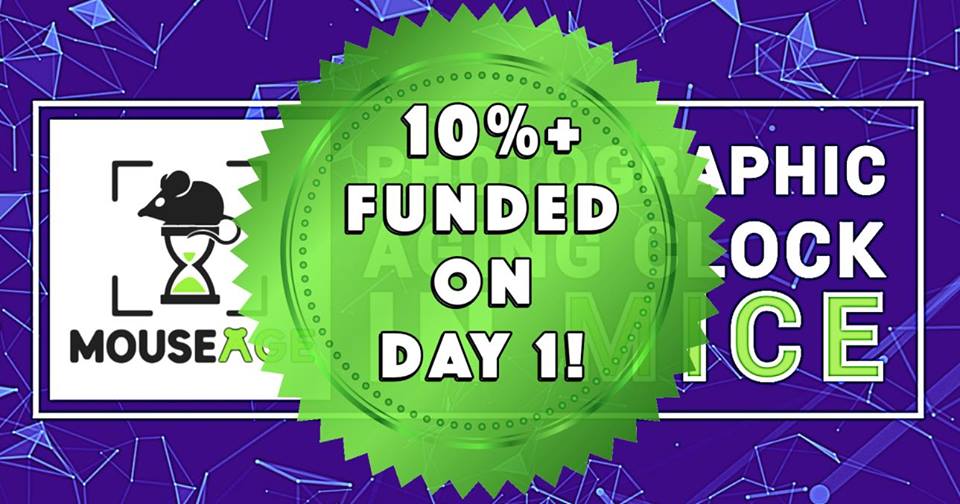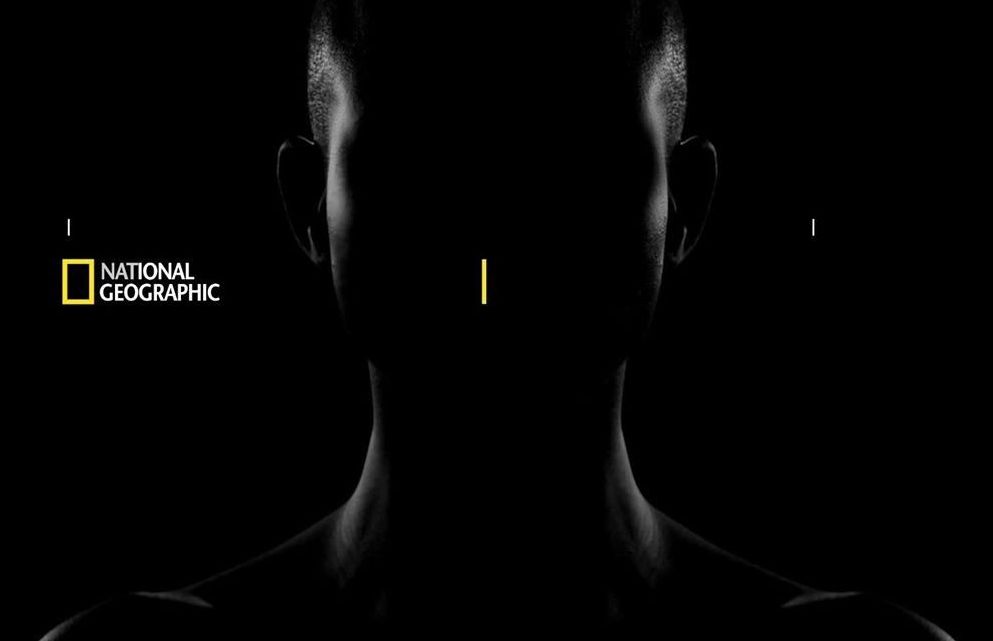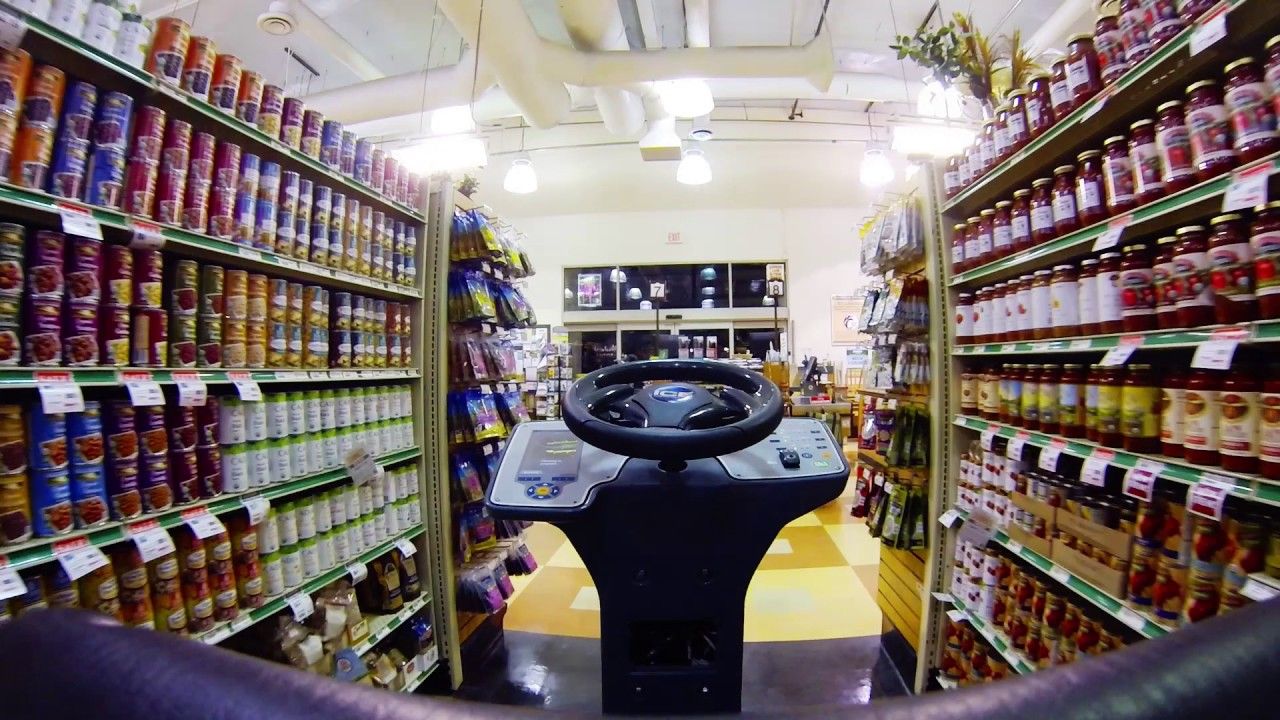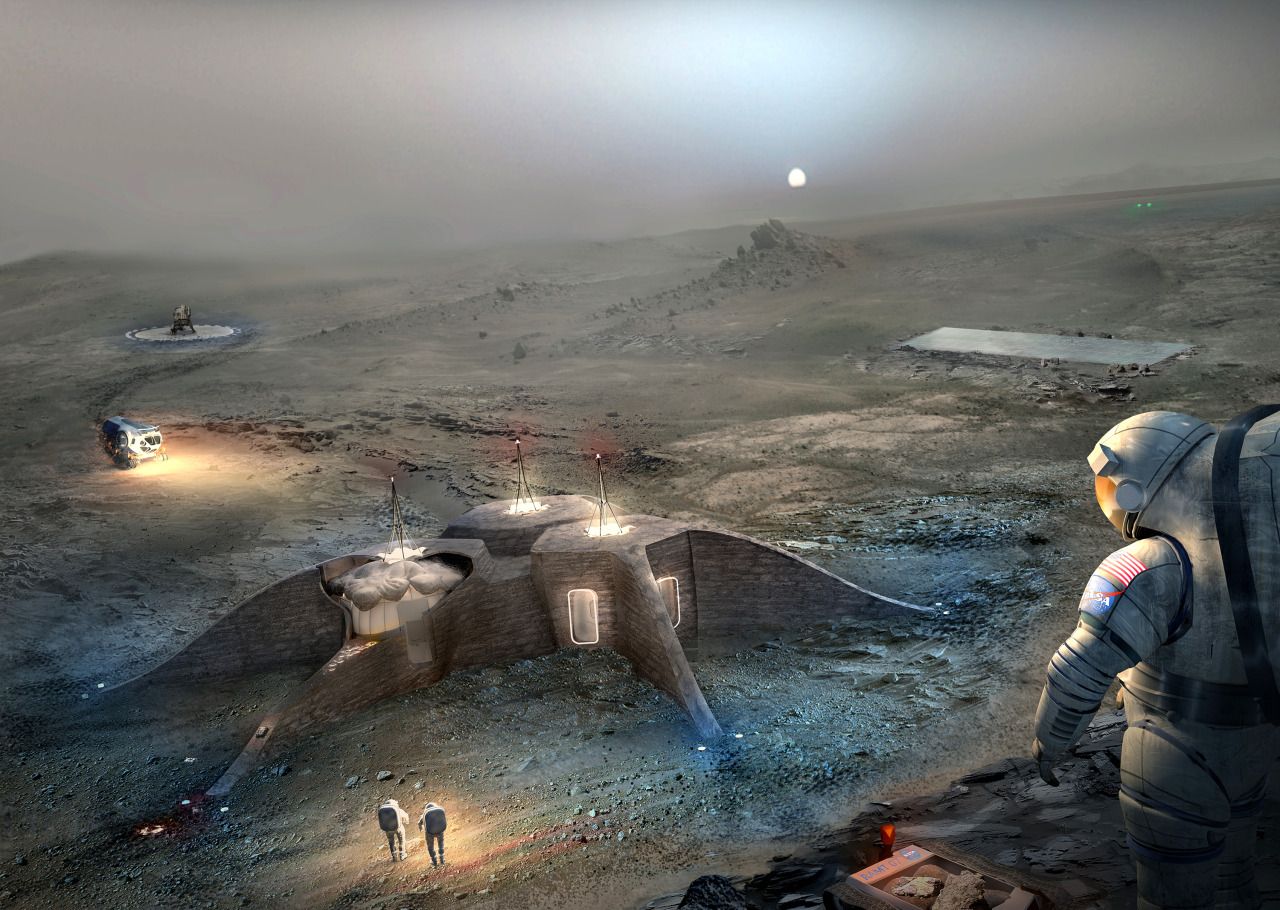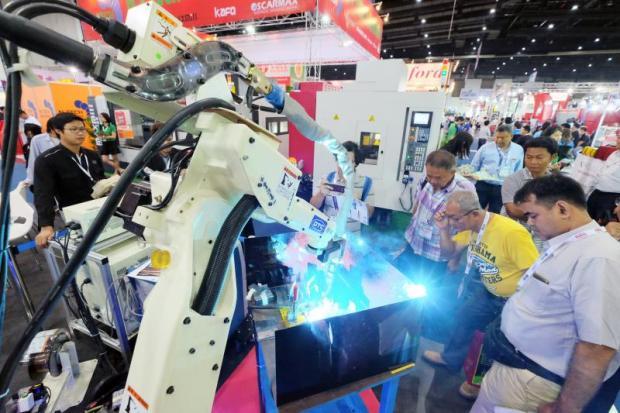A massive asteroid estimated to be 2.7 miles wide is set to make a ‘relatively close encounter’ with Earth on 1 September.
Dubbed ‘Florence,’ the huge space rock will pass just 4.4 million miles from our planet on Friday – or, about 18 times the distance between Earth and the moon.
According to NASA, this is the closest an asteroid of this size has come since they first began tracking near-Earth objects, giving scientists an unprecedented opportunity to study it up close through ground-based radar observations.
Great going everyone
Posted in geopolitics, life extension, transhumanism
Fantastic momentum so far on the MouseAge campaign, which raised over 10% of its goal on the first day! To learn more about how we are speeding up research and helping reduce animal suffering vist the campaign page:
https://www.lifespan.io/campaigns/mouseage-photographic-aging-clock-in-mice
A big thanks to Elena Milova, Thomas Klauset Aurdal, Jim Mellon (Juvenescence), James Joyce, Emanuele Ascani, Louie Helm, Martin Kleman, William DeVore, John D Gauchat, Peter Svensson, Poly Mamoshina, Felix Weimer, Reason (Fight Aging), Gennady Stolyarov (US Transhumanist Party). Alexey Strygin, Aleksandr Popov, Lars Christensen, Matthew Clarke and our Anonymous donors!
Remember the 1980s movie Brewster’s Millions, in which a minor league baseball pitcher (played by Richard Pryor) must spend $30 million in 30 days to inherit $300 million? Pryor goes on an epic spending spree for a bigger payoff down the road.
One of the world’s biggest public companies is making that film look like a weekend in the Hamptons. Japan’s SoftBank Group, led by its indefatigable CEO Masayoshi Son, is shooting to invest $100 billion over the next five years toward what the company calls the information revolution.
The newly-created SoftBank Vision Fund, with a handful of key investors, appears ready to almost single-handedly hack the technology revolution. Announced only last year, the fund had its first major close in May with $93 billion in committed capital. The rest of the money is expected to be raised this year.
As part of its support for the application 3D printing technology to deep space exploration, NASA has awarded a $250,000 prize to a joint team consisting of members from Foster+Partners California and Branch Technology (based in Chattanooga, Tennessee).
NASA’s competition, which has now reached level three of its second phase, aims to “advance construction technology needed to create sustainable housing solutions for Earth and beyond”, most notably with the aim of accommodating astronauts on Mars and building human colonies in outer space.
It is important to note that none of the embryos were allowed to develop for more than a few days, and that the team never had any intention of implanting them into a womb. However, it seems that this is largely due to ongoing regulatory issues, as opposed to issues with the technology itself.
In the United States, all efforts to turn edited embryos into a baby — to bring the embryo to full term — have been blocked by Congress, which added language to the Department of Health and Human Services funding bill that forbids it from approving any such clinical trials.
Related: CRISPR-CAS9: The Future of Genetic Engineering (Infographic)
The cabinet also approved a slew of measures to support the development of robotics and other targeted industries to keep up with the Thailand 4.0 policy.
Industry Minister Uttama Savanayana said the measures are aimed at encouraging the manufacturing and service sectors to increase productivity through the use of robotics and automation systems.
Clean-meat or plant-meat
Posted in food
A Chicagoland hospital system has added something new to its patients’ annual checkups: the option to get a genetic test.
Until now, DNA tests have tended to live either in the consumer realm or through referrals to specialists when a patient brings it up.
NorthShore University HealthSystem wants to bring that conversation about genetics into every doctor’s office during annual checkups.
